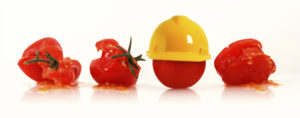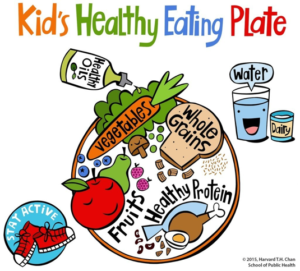
Ensuring Food Safety for Tomatoes
Food is being shipped all over the world. In our economy, the globalization of the food supply brings us oranges in winter, pineapples and pomegranates from exotic locales, and it can help bring food to countries who are experiencing a drought or famine. Along with the wonderful benefits of a global food supply chain, though, come some hazards. Food safety becomes a bigger concern when our food comes from farther away.
How Do We Ensure Food Safety?
Since our food supply has become more globalized, it has created the opportunity for unsafe practices in the supply chain. With so many stops along the way whether during production, warehousing, or transportation, technologies have been developed to keep the supply chain free of vulnerabilities.
One way we see damage to the supply chain is in the increased number of food recalls that occur. The FDA’s website lists eight pages of food recalls for the first four months of 2016. National recalls have the effect of undermining confidence in the supply chain, and increasing prices. Recalls cost money and time, and that expense is passed along to the consumer.
According to FoodLogistics.com, the number of recalls per year in the U.S. has almost doubled since 2002. This is due to regulatory changes, as well as the increasingly globalized food supply chain. Food contamination cost U.S. health authorities $15.6 billion per year.
We can take steps to mitigate these concerns over the safety of food. Growing your own fruits and vegetables is an excellent way to make sure you have healthy food to eat. Reducing chemical pesticides on your property will ensure healthy produce for your family. Purchasing from a local famer reduces the number of “stops” food has to make, thus reducing the chance of spoilage and contamination.
Whether you purchase food from a local farmer’s market or by becoming a member of a local Community Shared Agriculture (CSA) program, you will have access to locally grown products. Learn about what type of pesticide methods your farmers use and their effects. Shopping locally gives you the chance to talk to the farmer directly. Also consider local farms for butchered meats and dairy products. When you do purchase produce from grocery stores, be sure to wash fruits and vegetables with a natural produce wash, or a homemade combination of water and vinegar. Knowing who grows your food is a great way to reduce the length of your supply chain and stay your healthiest.












